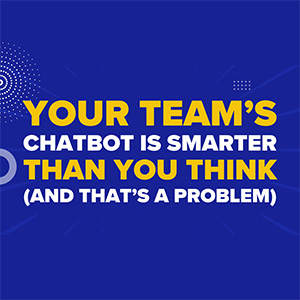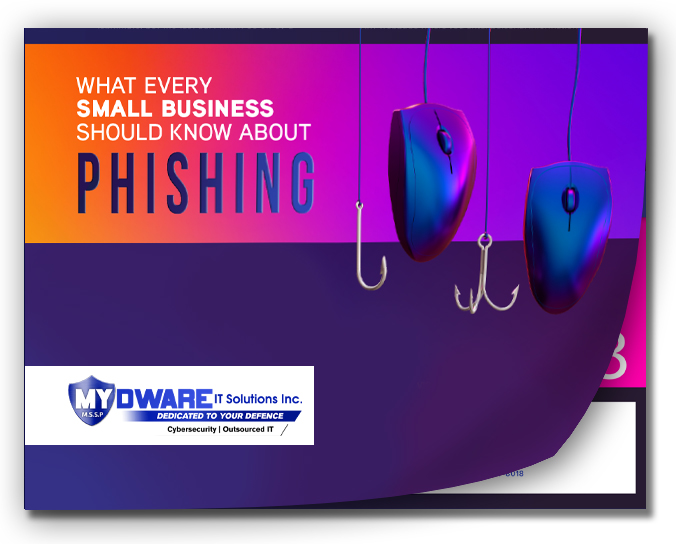
AI tools like ChatGPT, Copilot, and Gemini are everywhere right now—and yes, they’re powerful. They can write emails, summarize meetings, code, and even handle spreadsheets. But if your employees are pasting sensitive information into public AI tools, your company could be exposed—without anyone realizing it.
The worst part? Most businesses don’t even know it’s happening. Want to see how exposed your team is? Book a FREE cybersecurity risk assessment to find out.
Your Team Might Be Handing AI the Keys—Without Realizing
The threat isn’t the AI itself—it’s how your team uses it. When employees drop client data or internal details into public AI tools, that info could be stored, analyzed, or even used to train future models. That’s right—your business could be fueling someone else’s machine, with no way to get the data back.
And this risk isn’t just theoretical. Global companies have already made headlines for accidental AI leaks. Now imagine an employee pastes sensitive financials into an AI chat for “help writing a summary,” and that data gets swept into a training set.
It’s also why businesses must understand how AI is being abused by hackers—because you can’t stop what you don’t see coming.
There's a New Kind of Attack Hiding in Everyday Content
Hackers are now launching something more subtle—and scarier—called prompt injection. This tactic embeds malicious instructions inside documents, emails, even captions. When an AI reads that data, it can be manipulated into leaking information or taking unsafe actions—without anyone noticing.
The worst part? The AI doesn’t even know it’s doing anything wrong. And these aren’t rare. Some of the new AI threats you haven’t heard about are already in the wild and targeting small businesses just like yours.
Why Local Businesses Are Especially at Risk
If you're in Simcoe County or the GTA and managing a team with 7+ workstations, you're likely too busy to babysit everyone’s tech habits. Most businesses don’t have AI policies or tracking tools in place, leaving employees to figure things out themselves.
Many assume AI tools are like smarter search engines—and treat them that way. But while you may block risky websites, chances are you haven’t blocked public AI platforms.
This gap gives attackers a wide-open path to exploit your data. If you don’t believe that risk applies to your team, start by reviewing the most secure data protection strategy—hint: it starts with you.
Four Quick Fixes You Can Set Up This Week
You don’t have to ditch AI entirely—just use it smarter. Here's how:
1. Build an AI Use Policy
List which tools are approved, what data is off-limits, and who handles questions.
It doesn’t need to be fancy—it just needs to be clear.
2. Teach the Team What to Avoid
Your employees won’t know the risks if you don’t explain them.
Cover basics like prompt injection, data sharing, and the difference between public and private tools.
3. Choose Secure, Business-Grade Platforms
Stick with enterprise-level tools like Microsoft Copilot where possible.
They’re built with privacy and compliance in mind.
4. Track and Control AI Access
Monitor which AI tools are being used and consider blocking risky ones.
If you can't see what's happening, you can't fix it.
Get Ahead of AI Risks Before They Catch You Off Guard
You don’t need to fear AI—but you do need to manage it. Careless use today can lead to compliance fines, data leaks, or a full-on cyberattack tomorrow.
Let’s build a smarter, safer path forward together. Start by booking a FREE cybersecurity risk assessment and we’ll help lock things down.
Darryl Cresswell
CEO & President
MYDWARE IT Solutions Inc.




